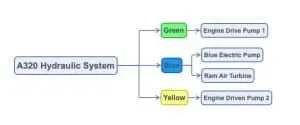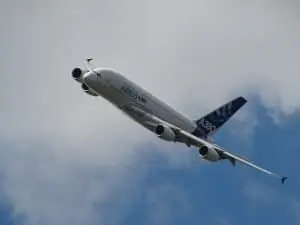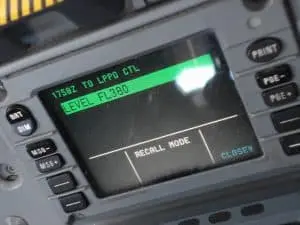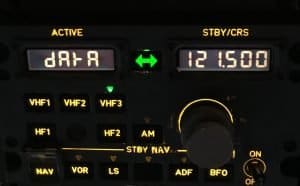The Minimum Equipment List (“MEL”) is a reference list of aircraft systems that, even with those systems not functioning correctly, the aircraft can be operated safely and would legally be allowed to dispatch.
What is the Minimum Equipment List (MEL)?
The MEL (historically a book required to be on board replaced in recent years by an electronic copy) is a document that lists the aircraft systems that may be partially or wholly inoperative (“INOP”) which would still allow the aircraft to be dispatched legally.
It may come as a surprise for non-pilots to be told that an aircraft may fly without all of its components working correctly, but modern aircraft have a lot of built in redundancy in systems. If a system is defective prior to pushback from the gate the MEL would be referenced to see if the aircraft can be legally, and safely, dispatched. Often the MEL applies restrictions on the flight and in all cases specifies the period by which the defect must be rectified. If a system is found to be INOP but is not listed in the MEL then dispatch is forbidden. Lastly, the MEL does not always consider the ramifications of two separate inoperative systems – this is a responsibility of the pilot and good judgement.
Repairs should be carried out at the earliest opportunity but must be completed within the time period defined in the Minimum Equipment List, or MEL.
Learn more about the impact of Inoperative Aircraft Systems here.
Table of Contents
When does the MEL apply?
The MEL applies prior to dispatch – once the aircraft has been dispatched (“moved under its own power for the purpose of take off”) the MEL no longer applies and the crew should reference the relevant part of the QRH (Quick Reference Handbook) or FCOM (Flight Crew Operating Manual).
Although the Minimum Equipment List no longer applies, reference should be made to it to aid in the decision whether to continue the flight or return to the gate – for example, with a particular failure becoming evident during taxi out, it may be legally possible to continue the flight with that system inoperative (“INOP”), however it may be obvious from the MEL that the defect will need to be rectified prior to the return leg. If there is limited maintenance available at the destination, it may make commercial sense to return to the gate of departure.
How pilots use the Quick Reference Handbook to deal with failures.

How airline pilots use the Minimum Equipment List?
As stated above the Minimum Equipment List provides for the safe and legal dispatch of aircraft with certain systems inoperative. However, the following points must be considered:
- The aircraft commander is the only person authorized to determine that the flight can depart safely with inoperative equipment. The commander, in his/her judgement, may require equipment over and above that listed in the MEL if they believe such equipment is required for flight safety.
- The MEL can be employed provided an acceptable level of safety is maintained by alternative components, instruments or procedures.
- The MEL in no way absolves the commander from and maintenance department from ensuring the aircraft is safe for flight.
- Consideration must be given that the inoperative item(s) do not adversely impact safety requirements considering the route of flight and destination.
- The MEL may specify (m) Maintenance and (o) Ops Procedures that must be completed.
- The impact of multiple inoperative systems is usually not addressed by the MEL.
If a defect lacks an entry in the MEL then its considered a “no-go” item and must be repaired prior to dispatch.
Note: For issues that may affect cabin equipment or procedures (for example lights, signs, doors etc.), don’t forget to brief your flight attendants/cabin crew!
MEL Operational and Maintenance Procedures
Every effort must be made to rectify defects prior to departure. However if this is not possible, and if flight safety would not be impacted, an aircraft may be allowed to “carry” (operate with) a defect for a limited amount of time.
If there is an INOP system it will be recorded in the aircraft Tech Log along with the relevant MEL reference. The MEL will list the relevant INOP system, any operational restrictions, the time period in which the defect must be rectified, and any relevant operational or maintenance procedures.
- Operational Procedures, prefixed with an (o), define any procedures that they crew may have to complete prior to departure. Often these procedures check backup systems to ensure they operate normally. For example, an INOP engine electrical generator may have you start the APU (and leave it running) and perform various actions to check the bus-ties (electrical links).
- Maintenance procedures, prefixed by (m), are procedures that must be completed by an authorized engineer and an entry must be made in the tech log to confirm the relevant actions have been taken, for example, pulling CB’s(circuit breakers) to isolate relevant electrical systems.
- Systems that are inoperative should be placarded with a sign that clearly shows the relevant system or instrument is “INOP”.
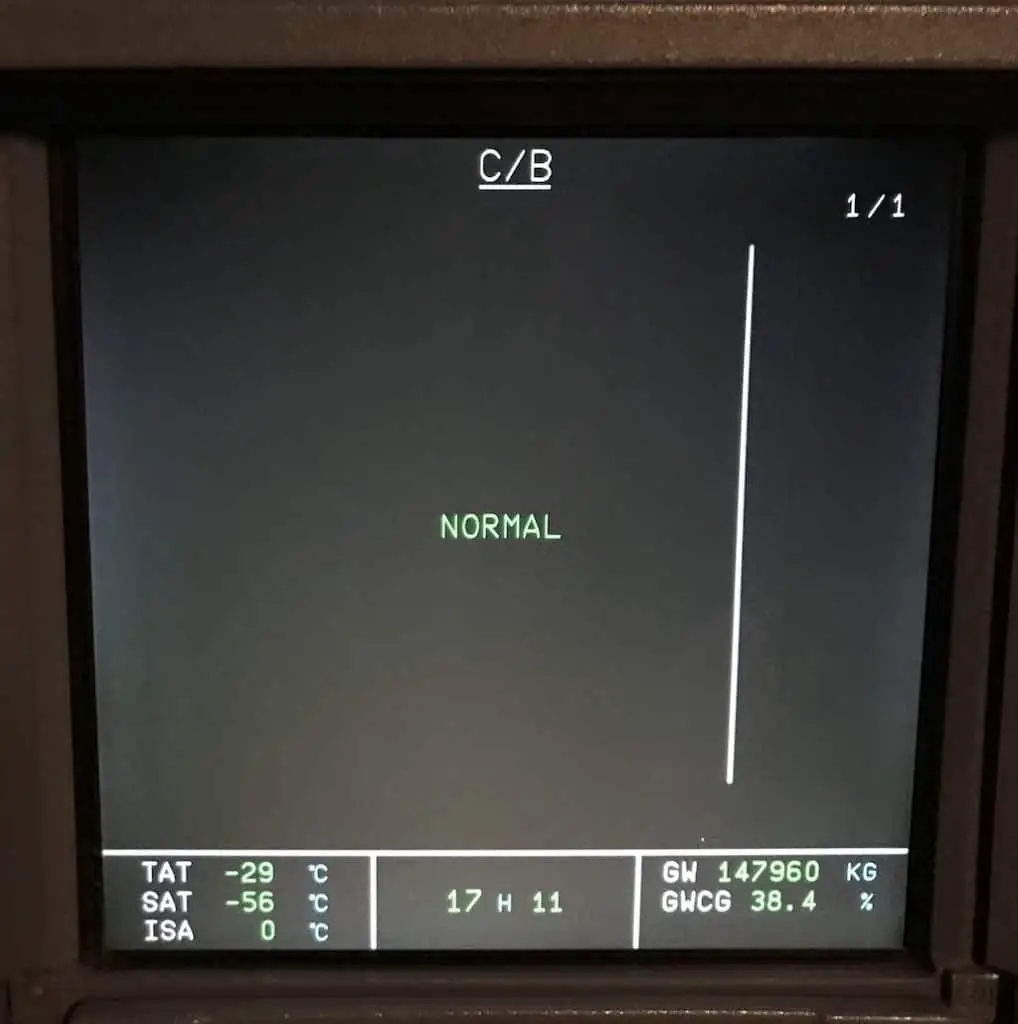
Rectification Interval Category
The MEL entry will provide a “Rectification Interval Category” which will show the time limit within which a defect must be rectified.
- A – Specified: The MEL will specify the time limit in terms of days, flights (“cycles”) or flight hours.
- B – 3 Days.
- C – 10 Days.
- D – 120 Days.
A defect carried on the aircraft is referred to as a “deferred defect”. Usually the longer the allowed rectification interval the less serious the defect.
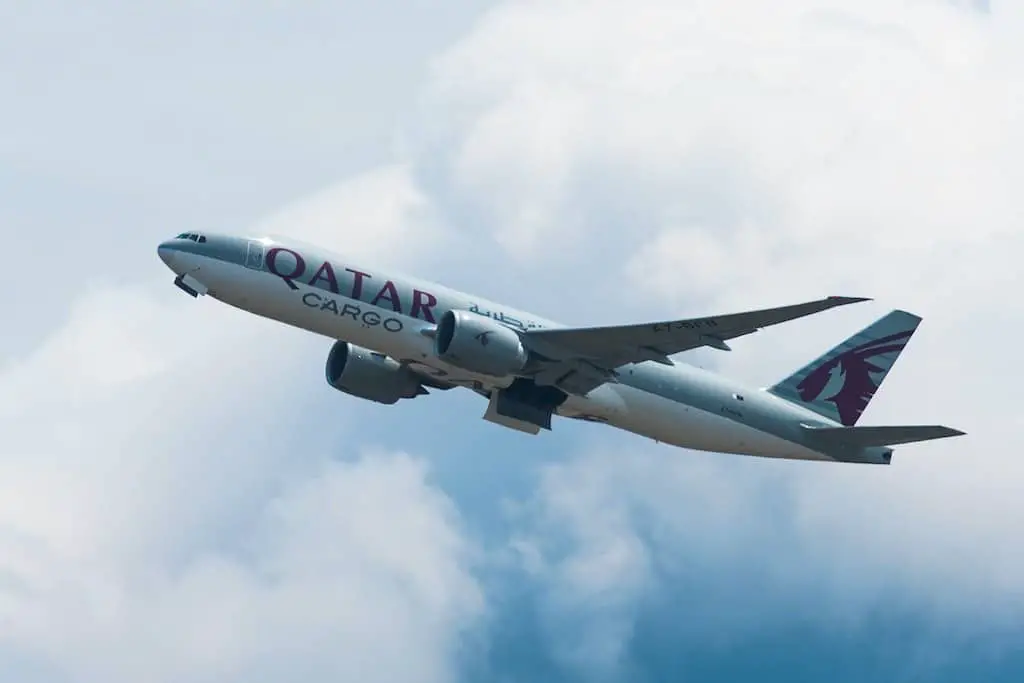
Using the MEL – An Example
As an example, lets refer to the Boeing 777 MMEL (FAA B777 MMEL). You arrive on the aircraft and check the tech log to find the following maintenance entry: “Engine #1 IDG U/S. Nil spares available. Deferred IAW with MEL 24-11-01.”
Briefly this says that engine number 1’s IDG (Integrated Driven Generator-the electrical supply from the left engine) is U/S (unserviceable). There are no spare parts available and the defect has been defend IAW (“in accordance with”) MEL reference 24-11-01.
Checking this reference on page 24-1 you see the following:
Item: Engine Driven Generator Systems
Repair Category: B
Number Installed: 2
Number Required for Dispatch: 1
Remarks: (M)(O) One may be inoperative provided:
- The IDG is disconnected
- The APU operates normally and is used to supply electrical power throughout the flight
- The other electrical supplies operate normally
- Backup AC power is verified operational before each flight
So, based on the above, we can say the following: we can consider departing with this defect (remembering the final say of whether to depart rests solely with the commander). It must be repaired in 3 days excluding the day of discovery (check the date the defect was raised to ensure you are within the time limit). We require 1 engine electrical generator for dispatch (which we have on engine number 2).
Additionally, there are (M) maintenance and (O) operations procedures which must be completed prior to dispatch. We need the Auxiliary Power Unit (APU) available to supply electrical power during the flight – if the APU is INOP we can’t dispatch under this MEL reference. (We also should carry extra fuel for the APU which we must will leave running for the entire flight). Lastly, the remaining electrical systems must function normally.
We would check the technical log (tech log) to ensure that the (M) maintenance actions have been completed and we would review and carry out the specified (O) operations procedures. These are essential to ensure that the backup electrical systems and supply network operate correctly. For example, if we had a failure of engine #2 we would need to be sure the electrical supply would automatically switch from the failed engine #2 generator, to the APU GEN.
Learn about the Auxiliary Power Unit (APU) here.
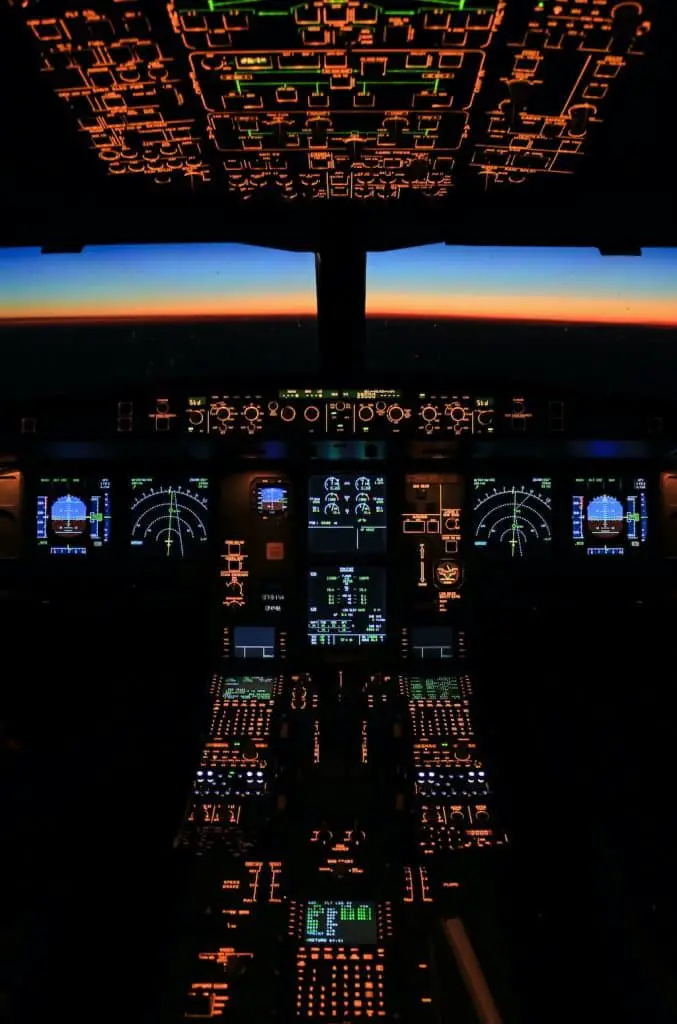
What is the difference between the MEL and the Master Minimum Equipment List (MMEL)?
The MMEL (Master Minimum Equipment List) is produced by the aircraft manufacturer and approved by the relevant airworthiness authority in the State of Design (e.g. FAA, EASA etc.) and is the list from which the MEL is derived. The MEL cannot be less strict than the MMEL.
What is the Configuration Deviation List (CDL)?
The CDL (Configuration Deviation List) is similar to the MEL but refers to components of the aircraft that may be missing but still allow legal dispatch.
For example, if on the walk around of you Airbus A330 you notice a missing static discharger from the right wingtip, can you depart?
A static discharger (also called a “static wick”), which are installed on aircraft wings, rudders, stabilizers etc., dissipate static electricity caused by flying through precipitation such as rain, ice, snow and dust. If the aircraft has been hit by lightening one of the checks will be to ensure the static wicks remain in place.
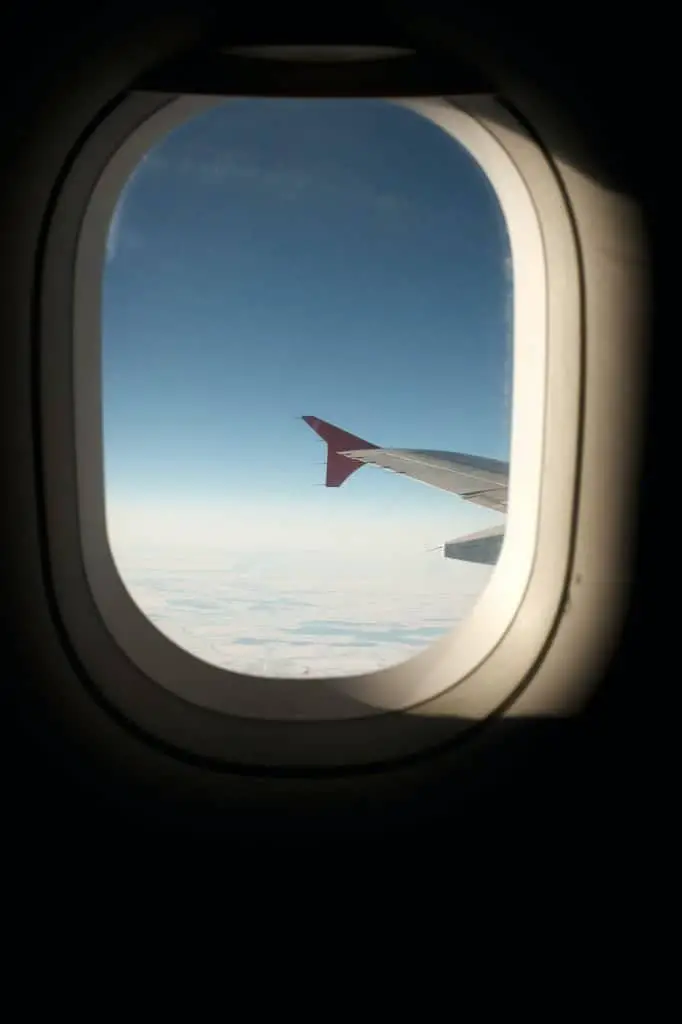
First, as a component from the aircraft is missing, you would reference the aircrafts Configuration Deviation List (CDL). The A330 CDL might say something like this:
Static Dischager
20% of the static dischargers may be missing or defective from each of the following areas:
Wing
Horizontal stabilizer
Vertical stabilizer
Note: if a static discharger is missing or defective on a flap track faring, the VHF and HF sound quality may be slightly degraded.
So in this instance, with one static discharger missing from the wing (which normally has 7), dispatch would be legal. An entry would be made in the aircraft Technical Log (“Tech Log”) which would then need to be signed off by a qualified engineer/mechanic. The note about the slightly degraded VHF/HF radios refers to the degraded dissipation of static buildup.
Further information: FAA Flight Standards Information Management System FSIMS 8900.1 Volume 4, Chapter 4: Config D L and MEL
If you found this article interesting please take 5 seconds to share this on your favorite social media. Thanks so much, I really appreciate it! [email protected]
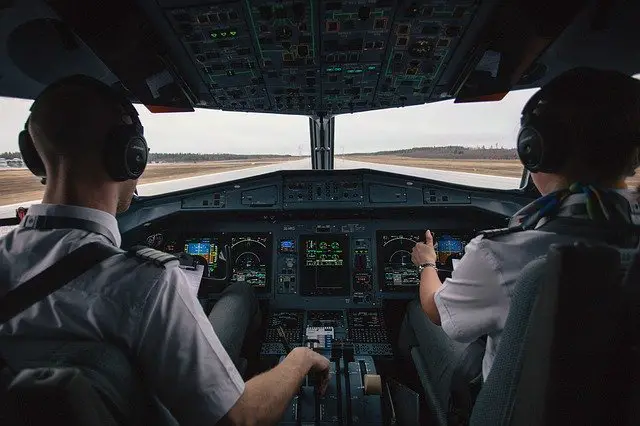
Pete has been flying aircraft for the last 20 years. He has flown everything from light piston aircraft up to heavy jets as both First Officer and Captain. He’s currently enjoying life flying the Airbus A330 for a major international airline.


